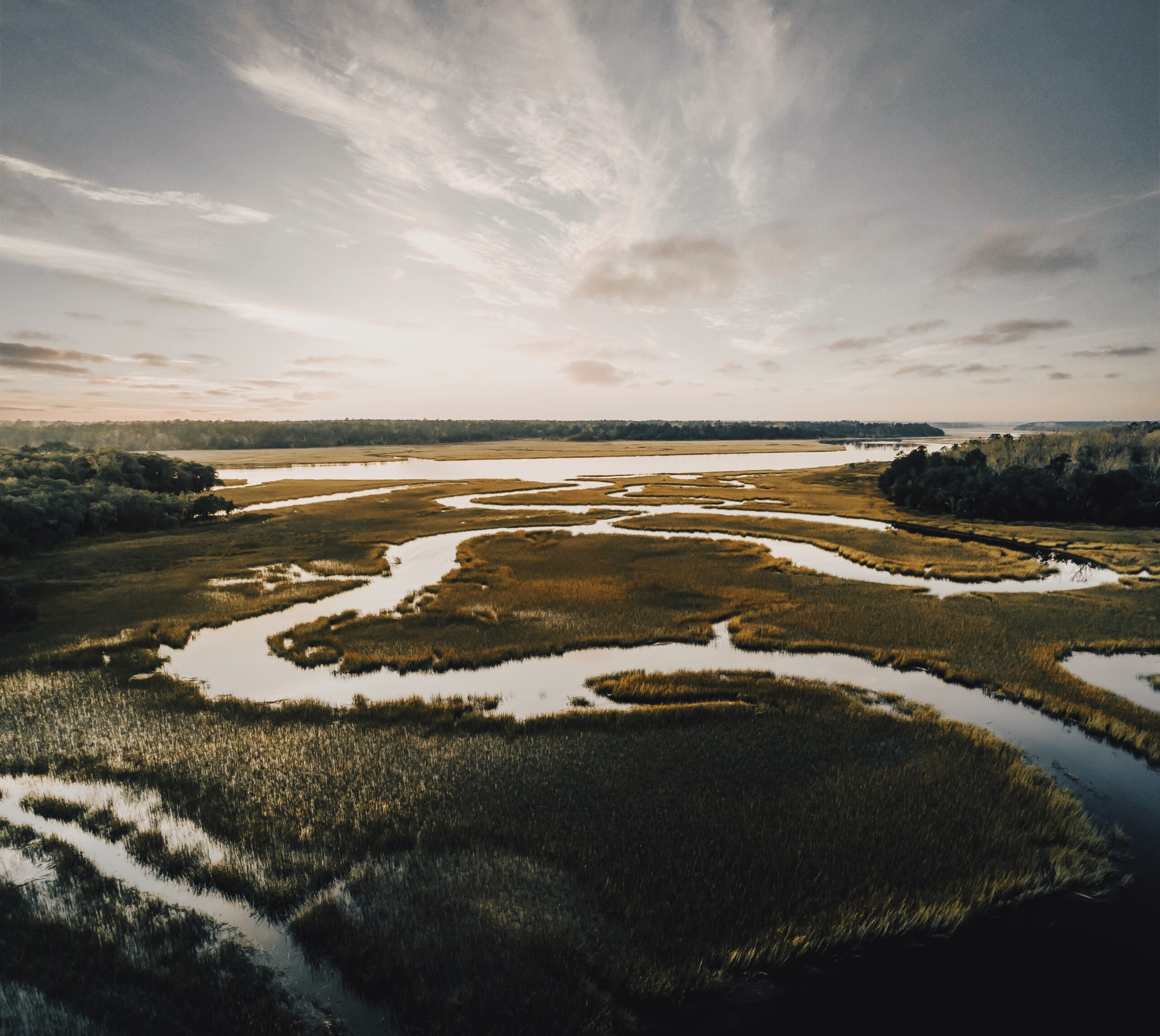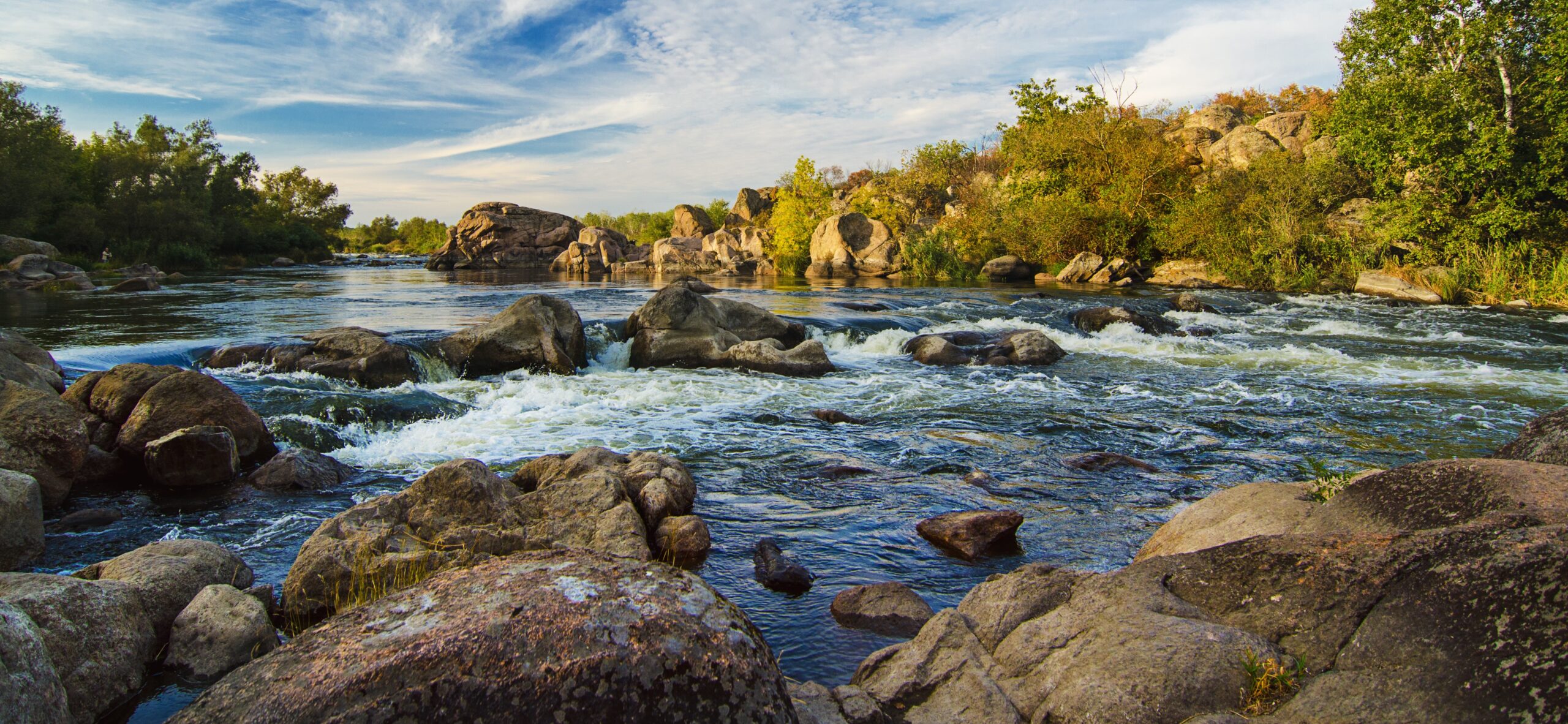
Fact Sheet
Nature-Based Climate Solutions: Blue Carbon
Overview
Blue carbon is the carbon naturally captured by the ocean and coastal ecosystems, such as seagrass beds, mangroves, salt marshes, and kelp forests. Blue carbon ecosystems can sequester and store more carbon per unit area than terrestrial forests and are critically important to climate change mitigation. We are losing blue carbon ecosystems to climate change and environmental degradation caused by human activities. As we lose these ecosystems, stored carbon is released back into the atmosphere, effectively creating an additional source of greenhouse gas emissions. In order to ensure that coastal ecosystems can continue to capture and store carbon, immediate conservation and restoration efforts are needed. At the state level, legislators can enact policies to advance conservation and restoration efforts.
Key Points
Key Point 1
The US is quickly losing wetlands to development, drainage, erosion, subsidence and sea-level rise. (Restore America's Estuaries)
Key Point 2
Healthy salt marshes and mangroves can remove carbon from the atmosphere at a rate 10 times greater than tropical forests. (NOAA)
Key Point 3
The protection and restoration of coastal ecosystems could prevent approximately one gigaton of carbon dioxide from entering the atmosphere by 2050. (Ocean Panel)
Key Point 4
Healthy coastal ecosystems serve as nursery and spawning grounds for many marine species, including species in commercial and recreational fisheries. (NOAA)
Key Point 5
Healthy coastal ecosystems support blue economies across the country that altogether contribute $373 billion to the nation’s gross domestic product and support 2.3 million jobs. (NOAA)
Legislation:
- CA AB 1279: Would require partnerships between private and nonprofit entities to bring sustainable kelp to the coastal waters of the state and to identify critical knowledge gaps related to kelp forest ecosystems.
- MA HD 4379: Would establishes a “Blue Communities Program” that (1) incentivizes local action on nutrient pollution and ocean acidification; (2) sets guidelines for communities to qualify as a “Blue Community;” and (3) establishes a fund for the Program.
- RI SB 35: Establishes the Ocean State Climate Adaptation and Resilience (OSCAR) fund as a long-term source of grant funding to allow coastal cities and towns to implement climate resilience projects.
- VA SB 1374: Establishes an intergovernmental taskforce to study and submit a report on how to use state land and marine resources for carbon sequestration.

Empower State Environmental Champions
Your donation funds the fight for equitable actions that protect the environment and our health.
Donate